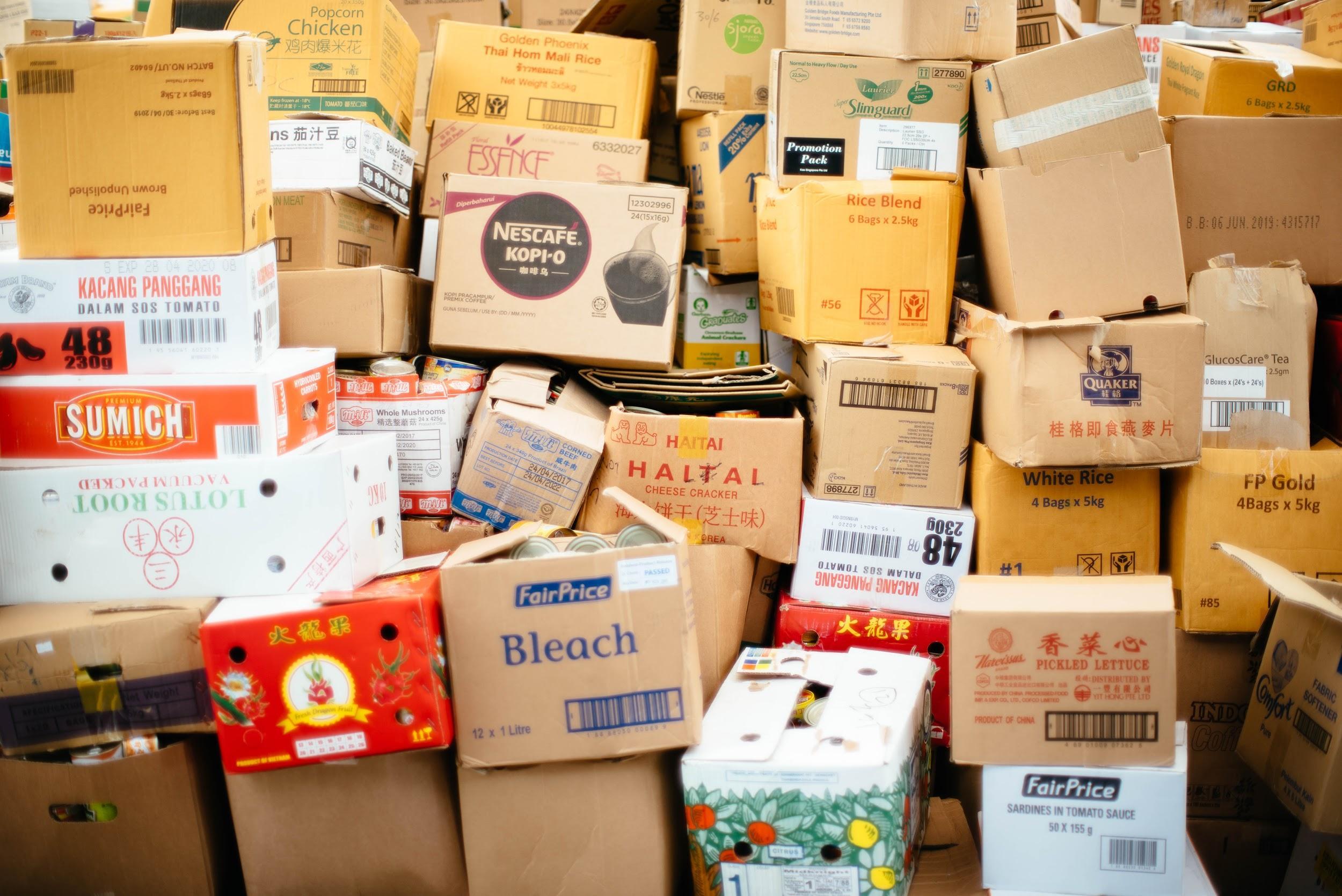
3 minute read
Crowdshipping a future of flexible logistics? What does crowdshipping solve and what is yet to be solved?
Crowdshipping: A future of flexible logistics?
Crowdshipping is a way of delivering goods by
Advertisement
using private travellers. Different companies from large to small have tried out some
version of the scheme. But is crowdshipping really an option?
According to David Vuylsteke from PiggyBee it is. ‘People are able to get things that they
can’t find online or locally. They can ship things to remote locations that are less
profitable for or more expensive with a regular courier,’ he explains.
Parcels’ journey
The process has two sides. One is the traveller who will do the delivery and the other
is the person ordering. Travellers advertise their service on a platform like Piggybee and
share what locations they will visit, whether it is a one-way trip or a return as well as how
often they make the journey. Depending how popular the route is they will receive a list of
request. The traveller can then contact or be contacted by some of the customers so they
can arrange a delivery. If there is no request the trip remains online so that future users will
be able to contact them. The conversation is carried out on the secure mailbox of PiggyBee where both
parties agree on the terms of the delivery. They discuss the potential price of the item,
the amount of the tip and practical details for the delivery. The requester locks in the
negotiated amount through the payment module. This allows the traveller to pay for the
item in case that is needed. The requester declares the item value so it can be insured.
Then the platform provides a crowdshipping transport contract. At the end, when the
delivery is executed, the traveller confirms it on the platform and the final payment is
made. When someone wants to hire a traveller they
can just search for one on the platform. A list of possible connections is presented and the

user can contact any of them. On the less --------
travelled routes there might be no one to deal
with the request so then the post stays on so that in the future the person can be contacted.
When two people agree on the deal the payment is made and locked in the system
until the delivery is done. After the whole process is finished users can rate the
experience and Vuylsteke says this is one of the ways customers build trust on the
platform.
Safety checks
The safety checks for crowdshipping are done
on different levels. ‘We invite our members to complete their profile with a maximum of
personal information. Beyond a photo, a biography and their place of residence.
Checks include a valid email address, a mobile telephone number, connection to
social network accounts,’ explains Vuylsteke. There is also a check before any payment is
made so the identity of the user is made known. In this way PiggyBee says they can
get rid of fraudulent profiles and prevent the creation of false accounts. When such accounts are detected they are being deleted
immediately. Users are provided with insurance on the international transport of
items.
Full trolley
People order and deliver different items from
phones and computers to sport equipment. Vuylsteke thinks crowdshipping complements
traditional logistics providers and customers are able to get items they would usually have
a hard time ordering. ‘They can ship things to remote locations that are less profitable for a
regular courier,’ he explains. Customers receive a more personalised
service as they can ask a traveller to get a specific item from a specific store.
Last mile
As logistics companies try to find the best solution to the last mile problem it is only
natural to ask if crowdshipping can be a solution. Vuylsteke admits the last mile is a
problem they are also facing and are currently looking for a better solution.

Thanks to David Vuylsteke for his interview which made this article possible. David Vuylsteke is the founder of PiggyBee. He says he is a sharing economy enthusiast who has always had an eye for business. The idea of creating PiggyBee was born after a trip when he had to return an item back but had no way of transporting it. With the abundance of travellers and people who need items Vuylsteke believes his start-up, based in Brussels, has a lot to offer.



